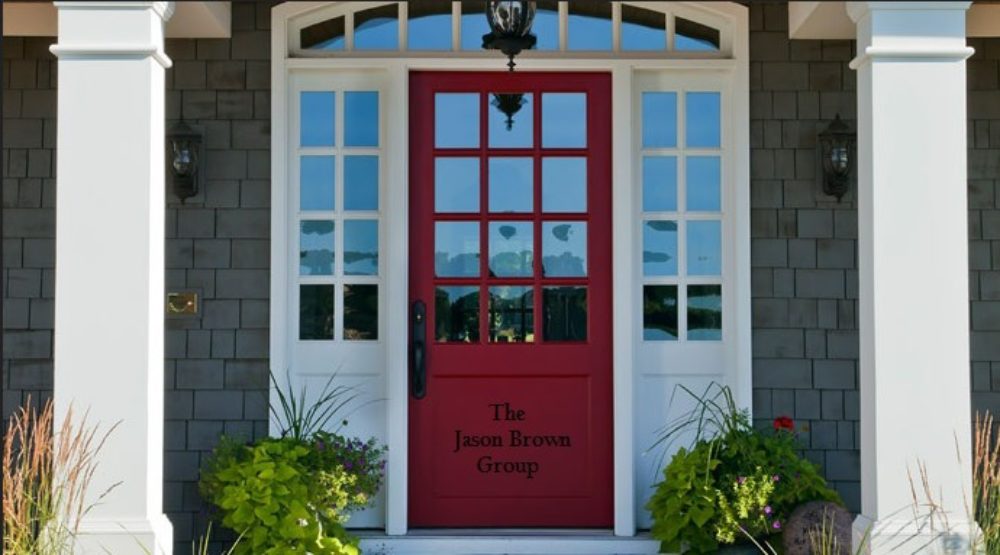Checking The Pulse Of The Kansas City Real Estate Market
If you’re not familiar with the term Shadow Inventory, it means homes that are NOT on the market but will be in the near future. This includes bank owned properties that are not yet listed but also includes homes where the owners are significantly behind on payments — and that are likely to be bank-owned properties in the near future. At the slow sales pace being seen nationally, the Wall Street Journal has done some analysis and found there’s more than EIGHT YEARS of Shadow Inventory to be absorbed.

That number is staggering. Of course, it calculates matters using current sales rates. But even if home sales DOUBLED over, say, the next six months, that would reduce the Shadow Inventory to FOUR YEARS. Taking this painful excercise a step further, home sales would need to octuple to get it down to just ONE YEAR of REO shadow inventory we’re faced with today.
A high amount of Shadow Inventory leads to lower prices on bank properties as banks look to move them. Lower prices on bank properties bring down values of the stable homes in a community. That hurts even more homeowners and causes otherwise solid borrowers to be upside down on their homes. This leads to more Short Sales, which are half as bad for a community as a foreclosure but hurtful none-the-less. This leads to lower sales prices for solid borrowers in the area. Which leads to… me being depressed discussing Shadow Inventory.
Now you could also run with Standard & Poor’s estimate that there’s “just” four years of Shadow inventory on the market. Or, if your cup is half full, you could trust that my National Association of Realtors is correct with its assessment that only two percent of the nations properties should be considered Shadow Inventory.
